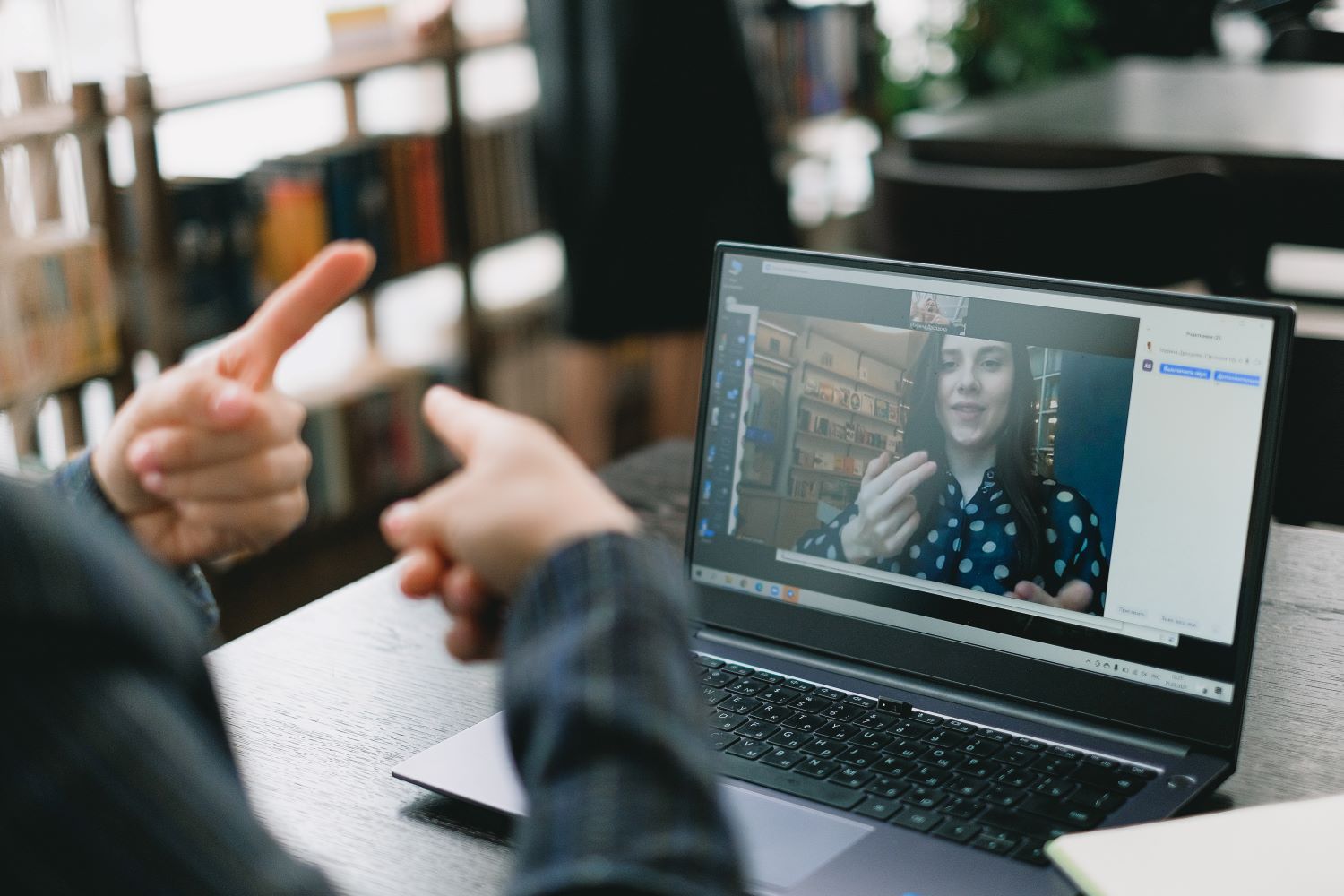The Sign Language to Speech Conversion project is designed to bridge the communication gap between individuals with hearing and speech impairments and those unfamiliar with sign language. The system captures hand gestures via a webcam and processes them using machine learning and deep learning models, specifically Convolutional Neural Networks (CNN), to classify and convert them into corresponding text and speech outputs.
Unlike traditional methods such as Support Vector Machines (SVM), which are less precise in complex gesture recognition, CNN enhances accuracy and ensures real-time translation. By leveraging image processing, deep learning, and speech synthesis technologies, the project aims to provide an accessible and user-friendly communication tool for individuals with disabilities.
The implementation of this project involves multiple stages, including data collection, pre-processing, model training, and real-time gesture recognition. The dataset consists of labeled sign language images used to train the CNN model, allowing it to recognize hand gestures accurately. Once trained, the model can process live input from a webcam, extract key features, and predict the corresponding sign language. The recognized gestures are then converted into audible speech output using text-to-speech (TTS) technology, ensuring effective two-way communication. This project has the potential to make communication more inclusive by eliminating the need for an interpreter and allowing seamless interactions between individuals with speech disabilities and the general public.
Future Scope
Future advancements in this project can expand its capabilities to support multiple sign languages, such as American Sign Language (ASL), British Sign Language (BSL), and Indian Sign Language (ISL), making it adaptable for a global audience. By integrating Natural Language Processing (NLP) and AI-based speech synthesis, the system can provide context-aware responses and improved fluency. Additionally, incorporating wearable technology, such as smart gloves with motion sensors, could enhance accuracy by detecting hand movements and finger positions more precisely. Cloud-based integration would enable real-time mobile applications, allowing users to access this tool on the go. Future enhancements in deep learning architectures and larger datasets could further refine recognition accuracy, making the system more robust and efficient.
